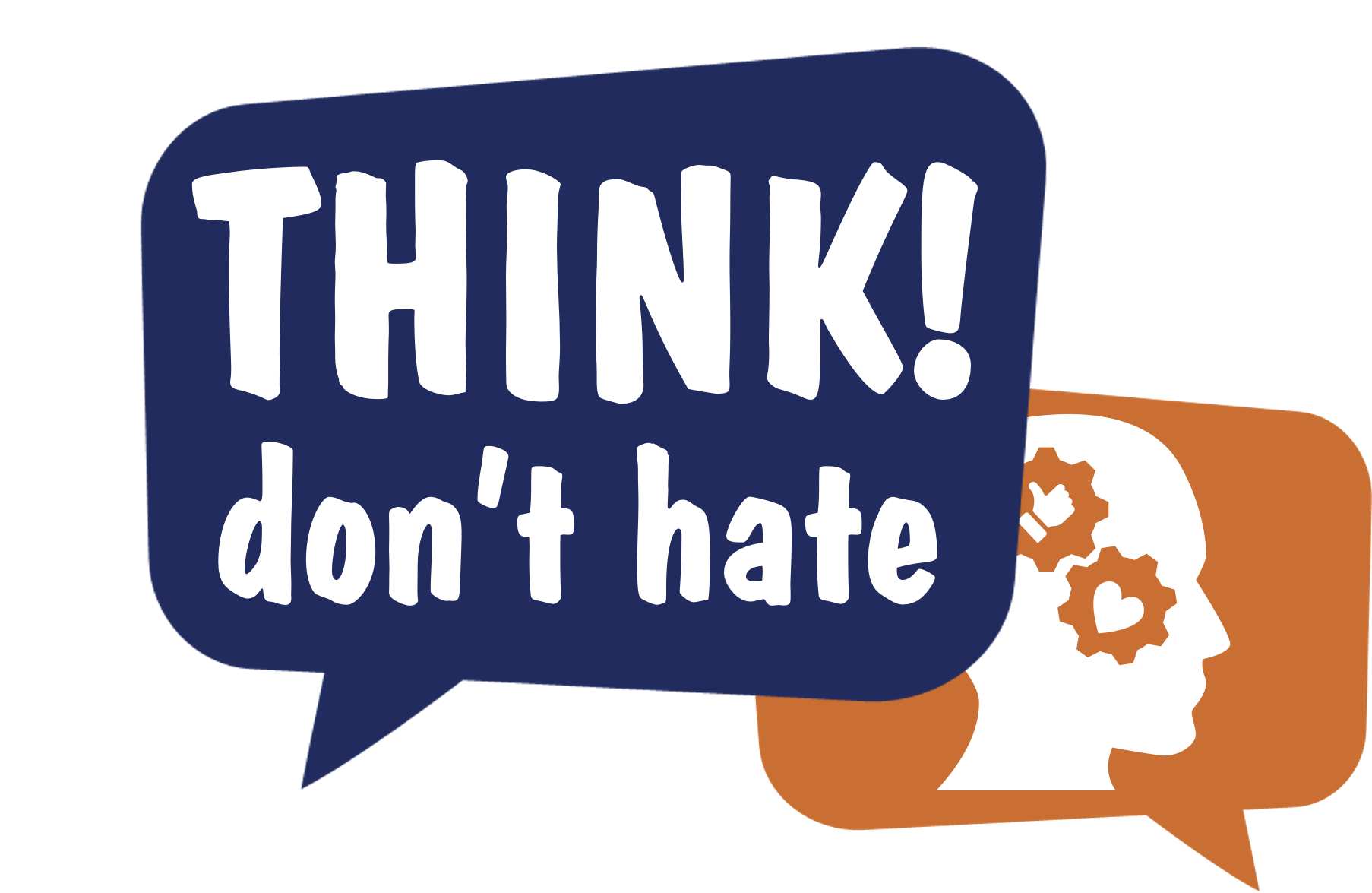
CHAPTER 4
B. Profiling your target group
Now that you have acquired all the knowledge you need as activists in the field of youth and you are highly motivated to jump into the battle against online hate speech, it is time to take a step back and try to build your capacities in delivering the task and bringing maximum results. The first thing we need to do, especially when it comes to sensitive topics like this one, is to develop the profile of your target group, given that hateful narratives are usually developed by a specific group of people and are directed towards an -often marginalized, minority or less powerful- target group with very specific characteristics. And by that we don’t only mean their obvious individual characteristics (gender, age, educational background, level of experience, social background etc.) – those you more or less already know, they are your peers after all! We also mean…their learning type!

Now according to O’Brien (1985), there are three main categories of learners – visual learners, auditory learners and kinesthetic or hands-on learners. Let’s take a closer look at each learning style to better understand their needs, as well as their capacities:
VISUAL LEARNERS
VISUAL LEARNERS
VISUAL LEARNERS
VISUAL LEARNERS
VISUAL LEARNERS
VISUAL LEARNERS
VISUAL LEARNERS
Auditory
remember by verbalizing lessons to themselves
acquire knowledge by reading aloud
they have difficulty reading maps/diagrams or handling conceptual assignments
sit where they can hear but needn’t pay attention to what is happening around
kinesthetic hand-on
kinesthetic hand-on
kinesthetic hand-on
kinesthetic hand-on
kinesthetic hand-on
As you can see, the three learning styles are quite different to each other, therefore when choosing the learning process you will apply, you need to consider all the aspects and make a cautious selection. However, it is almost impossible for a whole group of people to share only one learning style, therefore it is up to you to choose methods that could apply in all members of your audience with slight alterations or methods that combine more than one learning style.